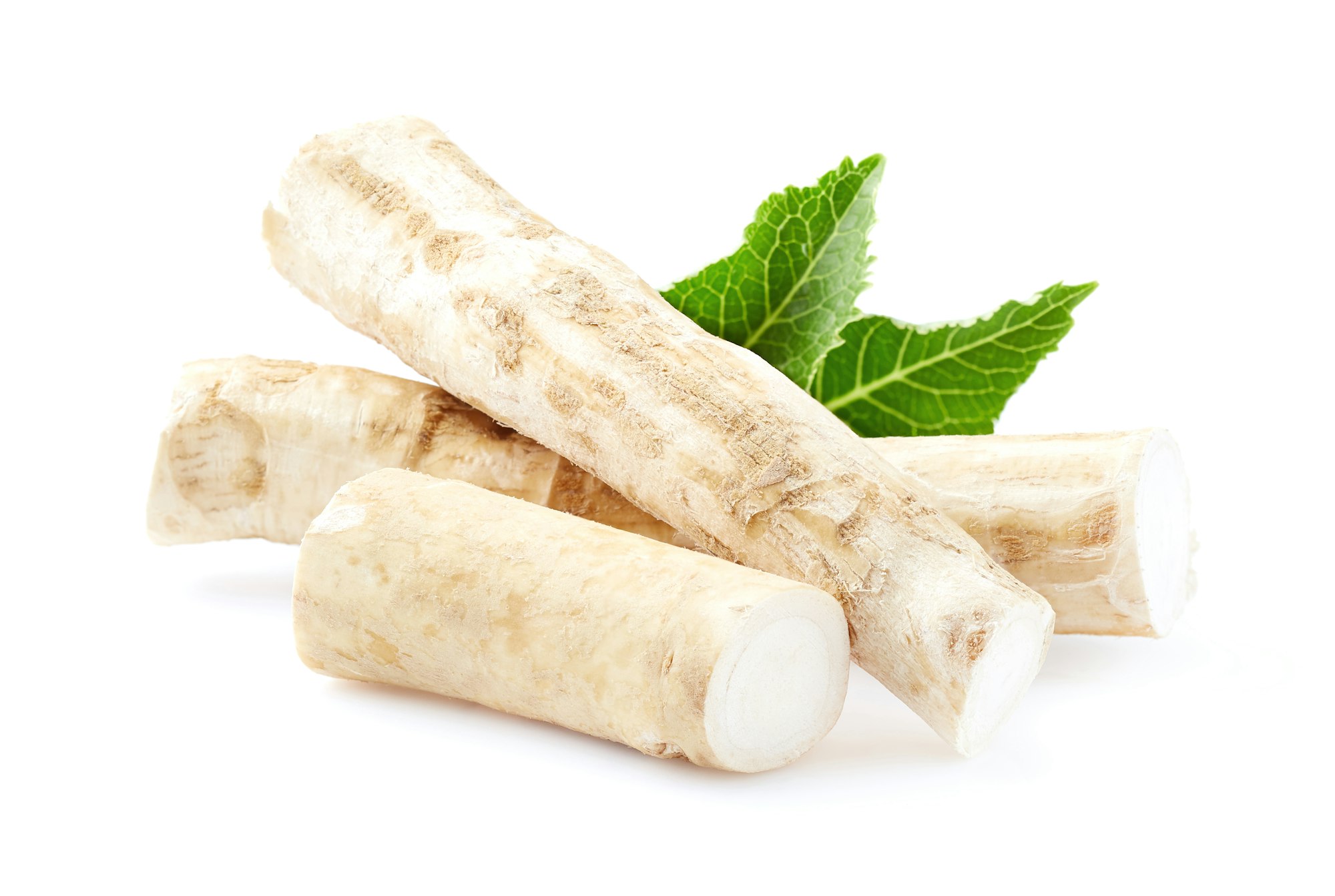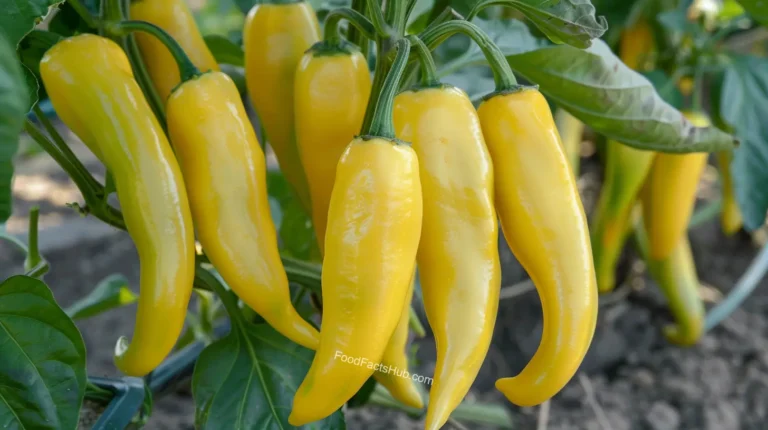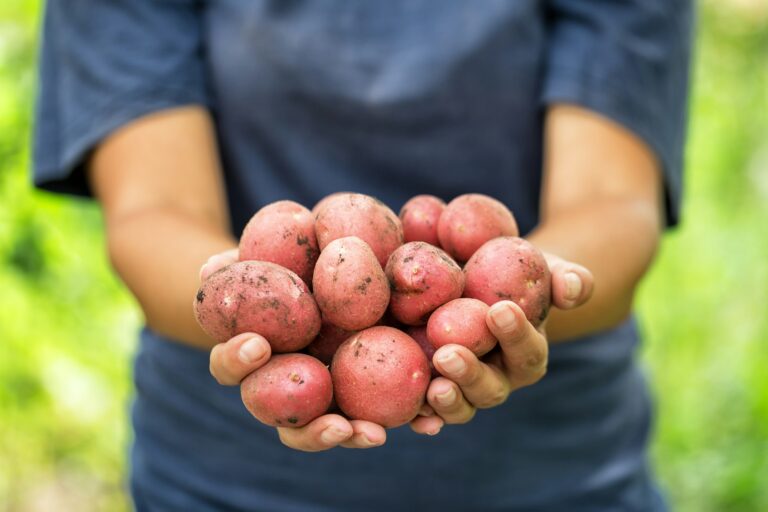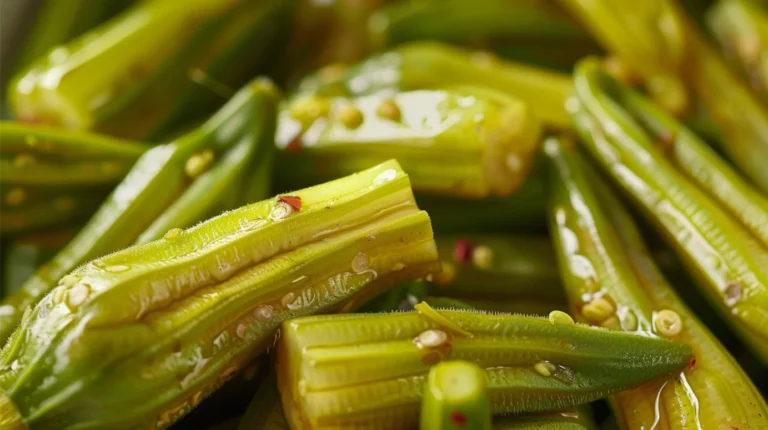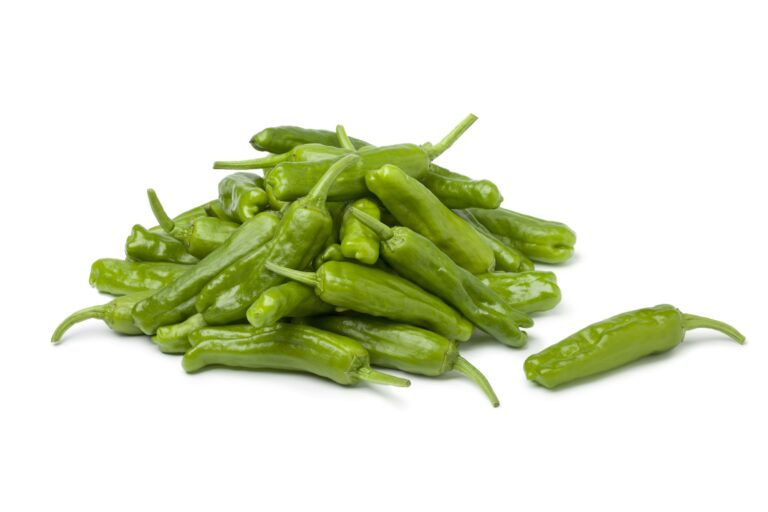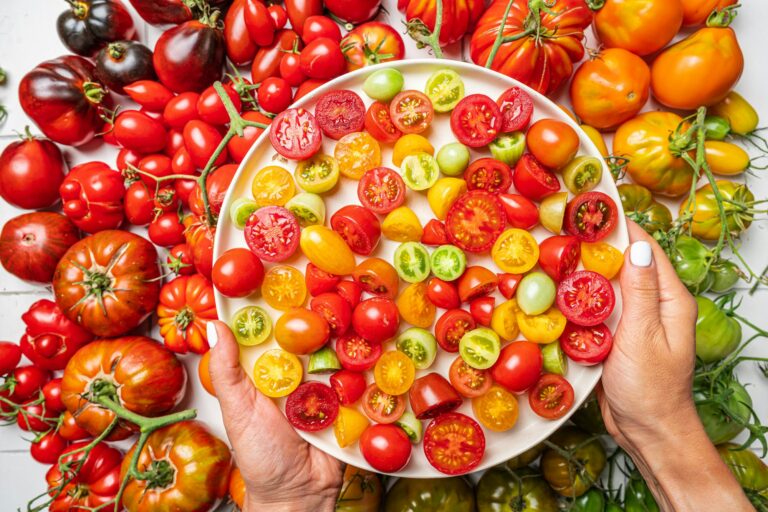The pictures in our articles might not always show exactly what the text is talking about. We use these images to make the article more interesting and eye-catching. They are there to add to the text, but not to replace it or show every detail.
Horseradish, that pungent root vegetable that clears your sinuses and adds a kick to your meals, is more than just a condiment. It's a plant with a rich history, fascinating properties, and surprising uses. In this blog post, we'll explore 15 interesting facts about horseradish that will make you see this spicy root in a whole new light.
1. A Member of the Brassicaceae Family
Horseradish belongs to the same botanical family as mustard, kale, and cabbage. This family connection explains why horseradish shares some similar properties with these other vegetables, such as its pungent flavor and potential health benefits.
2. Ancient Origins
Originating in Eastern Europe, horseradish has been cultivated for centuries. Its use dates back to ancient times, with references found in Greek mythology and early medicinal texts.
3. The Science Behind the Spice
When you cut or grate horseradish, it releases a compound called sinigrin. This is what gives horseradish its distinctive aroma and spicy kick. The reaction is similar to what happens when you cut into an onion, but with a much more potent result!
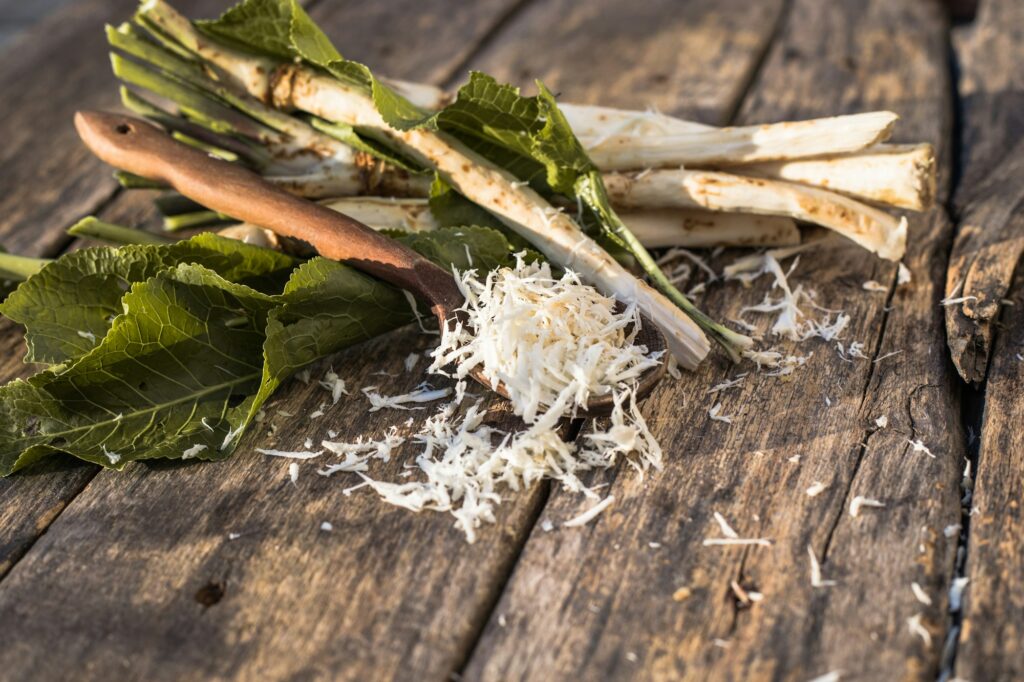
4. A Versatile Condiment
While many of us associate horseradish primarily with roast beef, it's a versatile condiment that can enhance a wide variety of dishes. From seafood to sandwiches, horseradish adds a fiery punch that wakes up your taste buds.
5. Medicinal Marvel
Horseradish isn't just for flavor - it's also been used medicinally for centuries. It's known for its:
Plus, it's packed with vitamin C, making it a great immune system booster.
6. Nature’s Decongestant
If you've ever taken a big whiff of freshly grated horseradish, you know it can clear your sinuses in an instant. This makes it a natural remedy for congestion, whether eaten or simply inhaled.
7. Pest Control in the Garden
Gardeners, take note! Horseradish can act as a natural pesticide. Its strong scent deters many common garden pests, making it a great companion plant in your vegetable patch.
8. Packed with Beneficial Compounds
Horseradish is rich in glucosinolates, compounds known for their anti-inflammatory and antioxidant properties. These compounds may contribute to horseradish's potential health benefits.
9. Heat Levels Vary
Not all horseradish is created equal when it comes to heat. The spiciness can vary depending on growing conditions and how it's stored. Generally, freshly grated horseradish packs more heat than the jarred variety.
10. Long Shelf Life
Properly stored, horseradish root can last for months. Keep it wrapped in a damp cloth or in a plastic bag in your refrigerator's crisper drawer, and it'll be ready whenever you need a spicy kick.
11. Traditional Medicine Uses
In traditional medicine, horseradish has been used to treat a variety of ailments, including:
While modern medicine has advanced, these traditional uses highlight horseradish's perceived medicinal value throughout history.
12. Easy to Grow
Good news for home gardeners: horseradish is relatively easy to grow. It's a hardy plant that thrives in well-drained soil and doesn't require much attention. Plant it once, and you'll likely have horseradish for years to come.
13. More Than Just a Condiment
While we often think of horseradish as a condiment, it's much more versatile in the kitchen. It can be used to add flavor to:
14. A Low-Calorie Flavor Booster
If you're watching your calorie intake but don't want to sacrifice flavor, horseradish is your friend. It packs a big punch with very few calories, making it a great option for adding zest to your meals without adding inches to your waistline.
15. Horseradish in Folklore
In some cultures, horseradish has been associated with strength and vitality. In Jewish tradition, it's a key component of the Passover Seder plate, symbolizing the bitterness of slavery in Egypt.
FAQs About Horseradish
Q: Is horseradish related to wasabi?
A: While they have similar flavors, horseradish and wasabi are different plants. However, many "wasabi" products outside of Japan are actually made with horseradish due to the rarity and cost of real wasabi.
Q: Can I eat horseradish leaves?
A: Yes, horseradish leaves are edible! They have a milder flavor than the root and can be used in salads or cooked like other greens.
Q: How do I store prepared horseradish?
A: Store prepared horseradish in an airtight container in the refrigerator. It should keep for about 4-6 weeks.
Q: Is horseradish good for weight loss?
A: While not a magic weight loss solution, horseradish is low in calories and may help boost metabolism. It can be a flavorful addition to a balanced, calorie-controlled diet.
Q: Can I grow horseradish in a container?
A: Yes, horseradish can be grown in containers. Choose a deep pot, as the roots can grow quite long.
In conclusion, horseradish is much more than just a spicy condiment. It's a versatile plant with a rich history, fascinating properties, and potential health benefits. Whether you're using it to clear your sinuses, spice up your meals, or even keep pests out of your garden, horseradish is truly a remarkable root. So the next time you encounter this potent plant, remember - you're not just tasting a condiment, you're experiencing a piece of botanical and culinary history!
